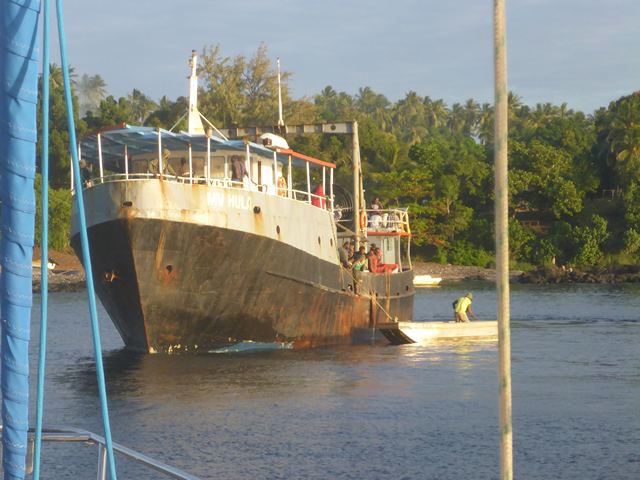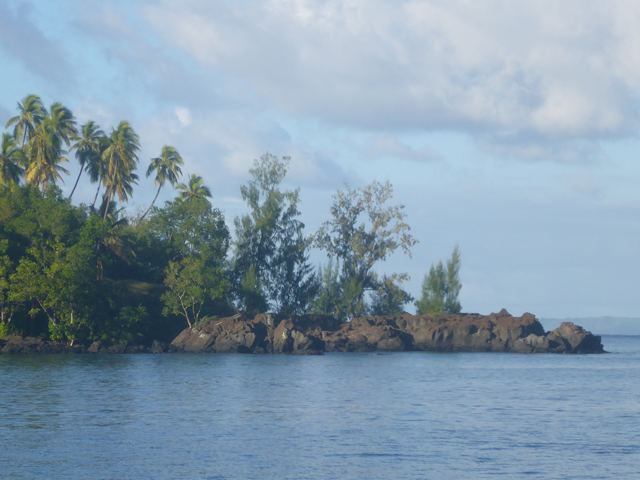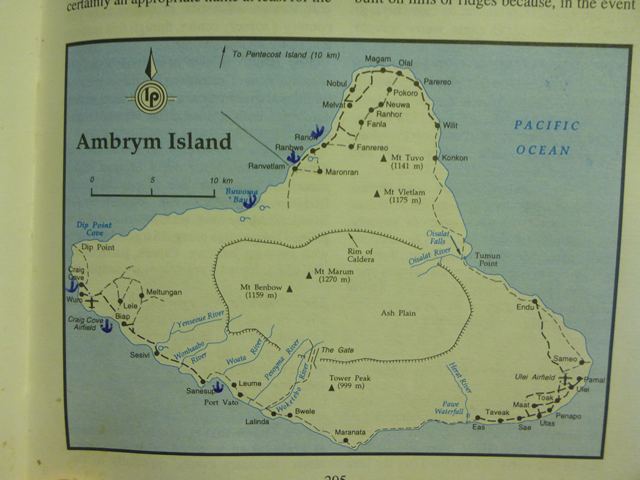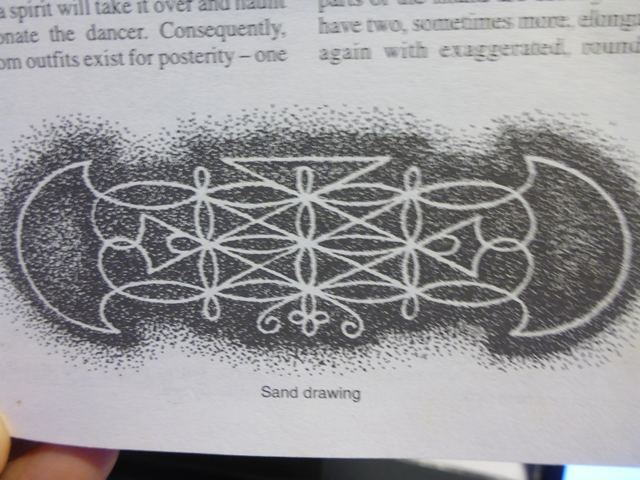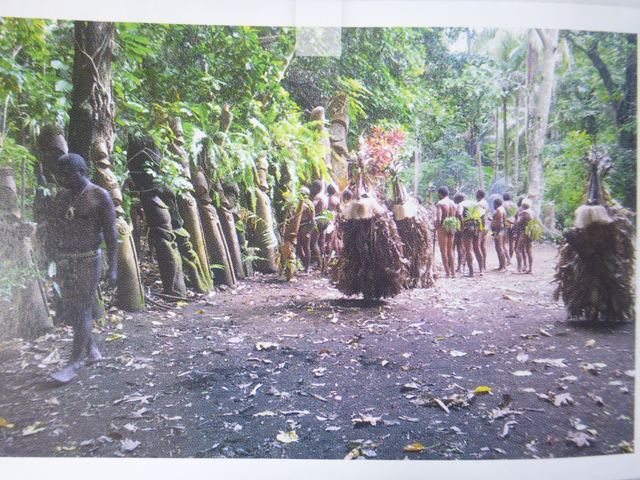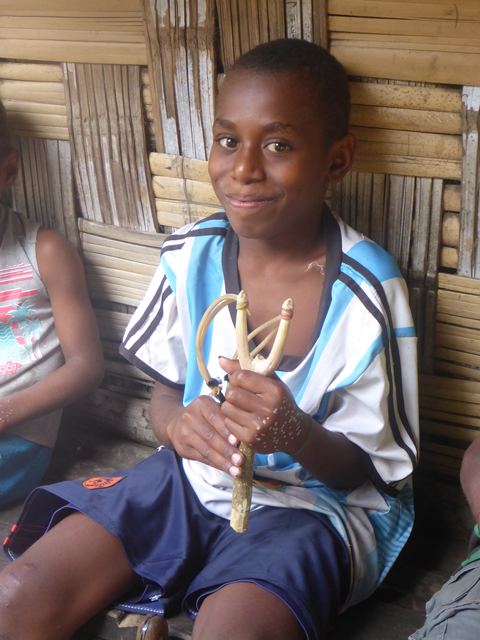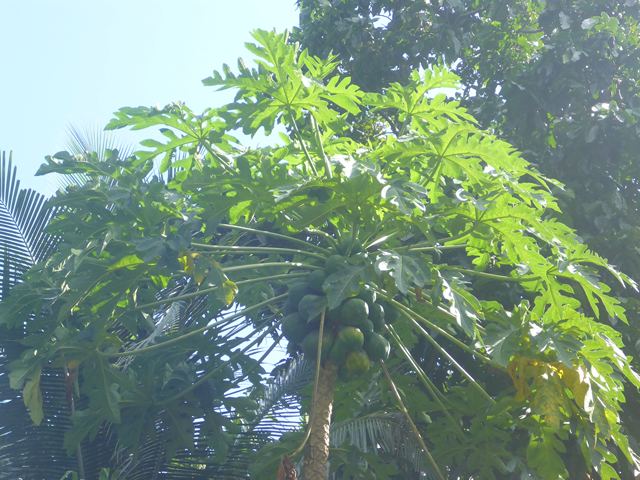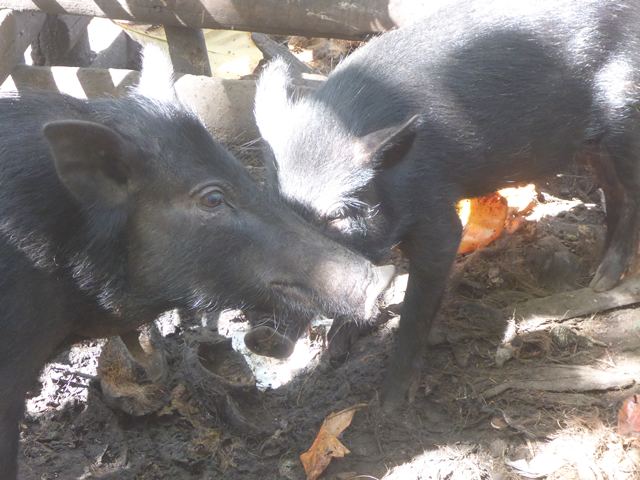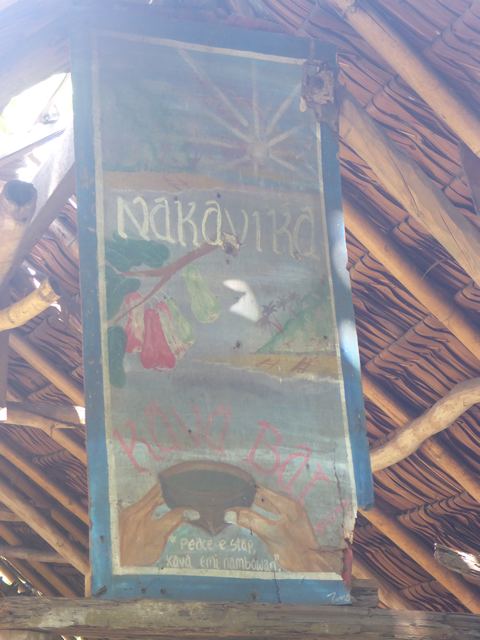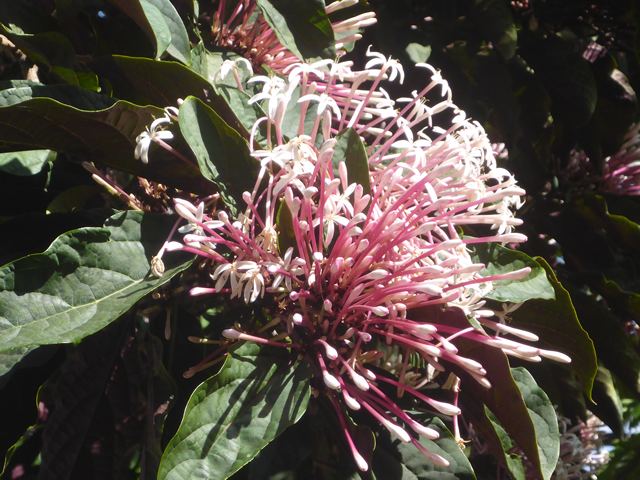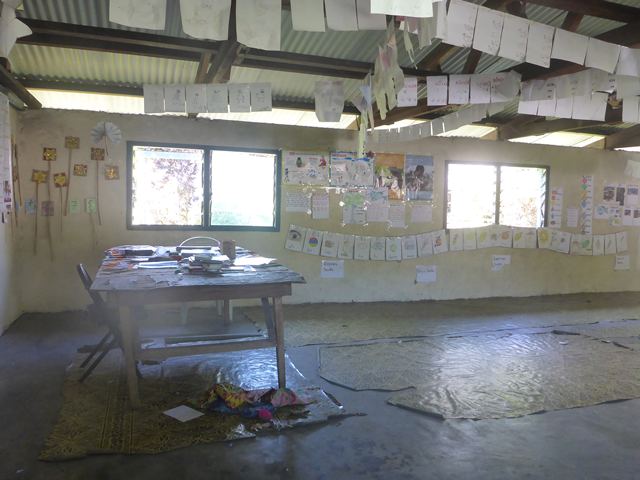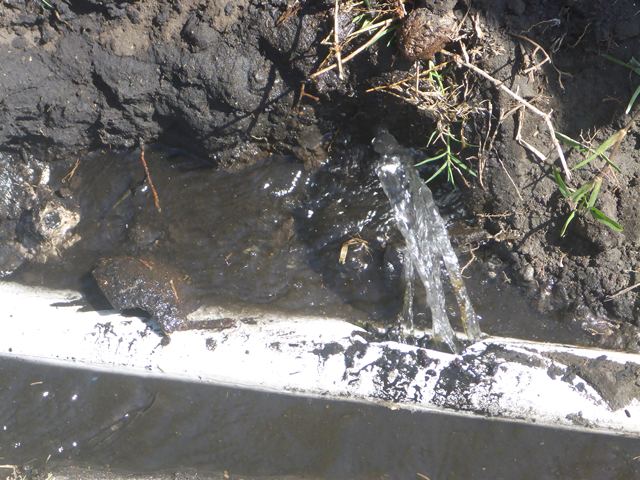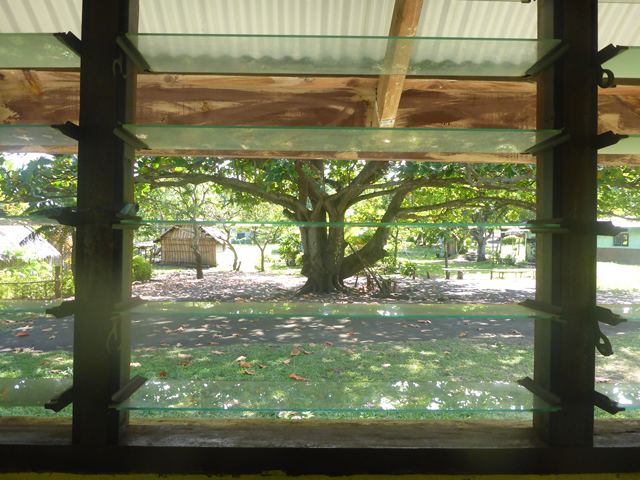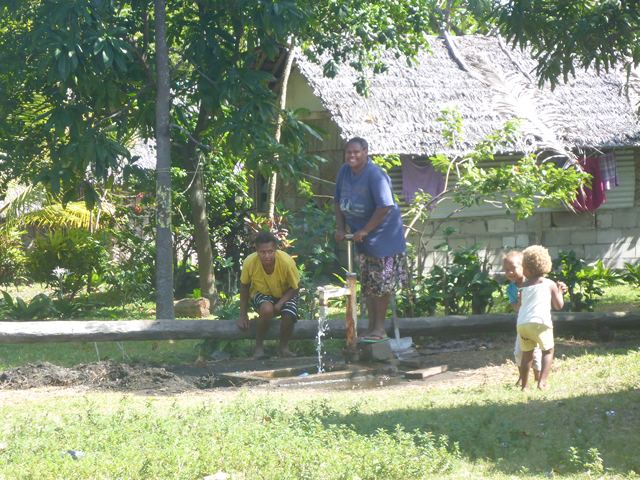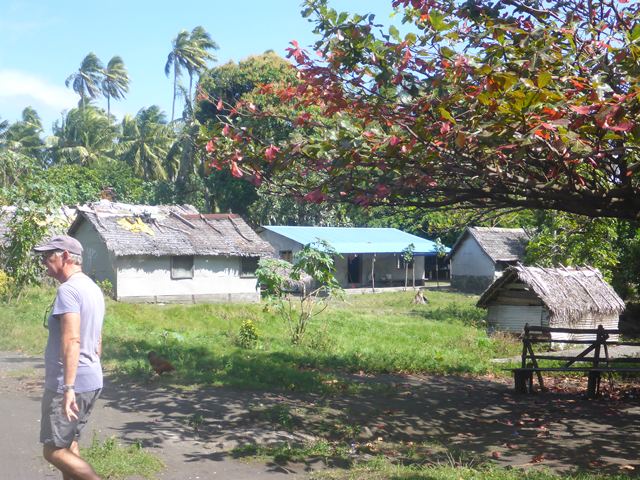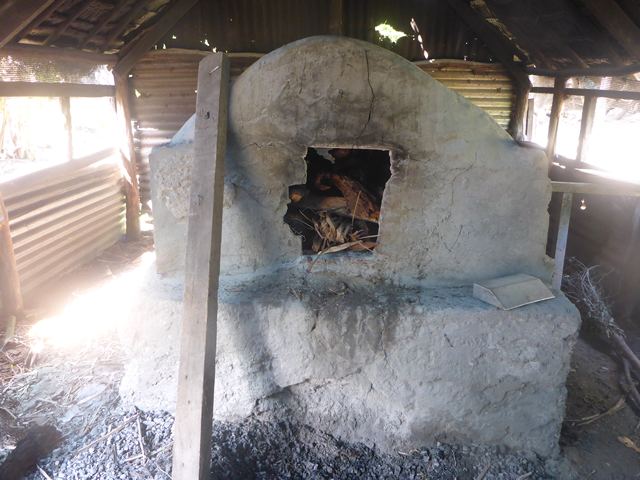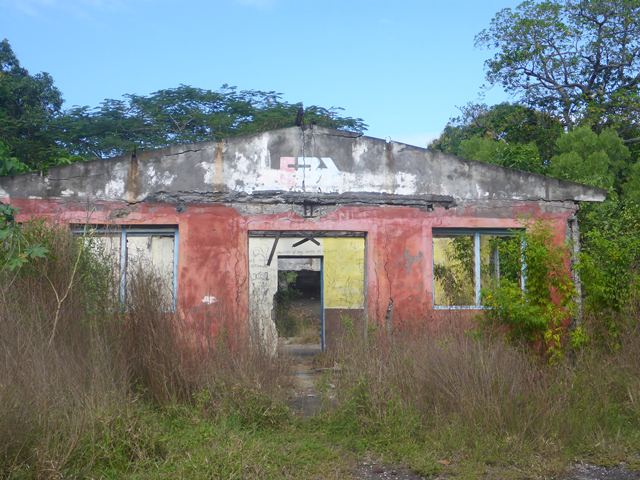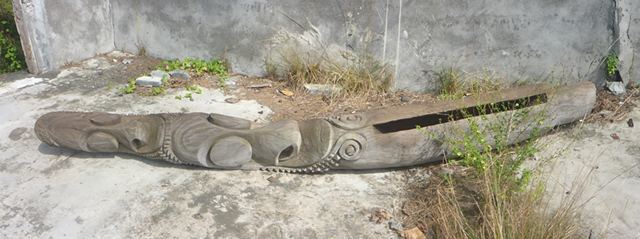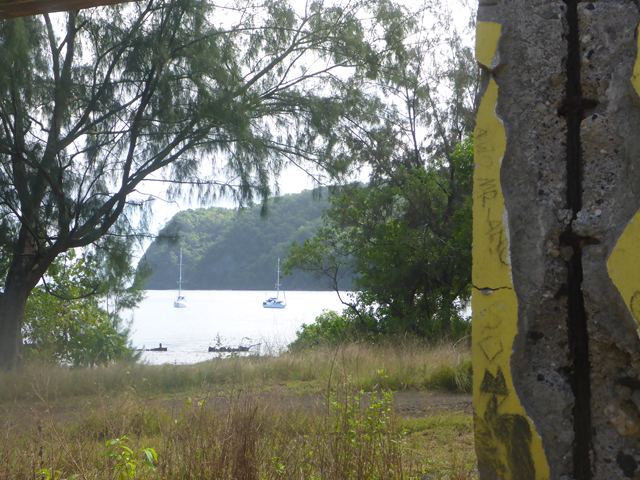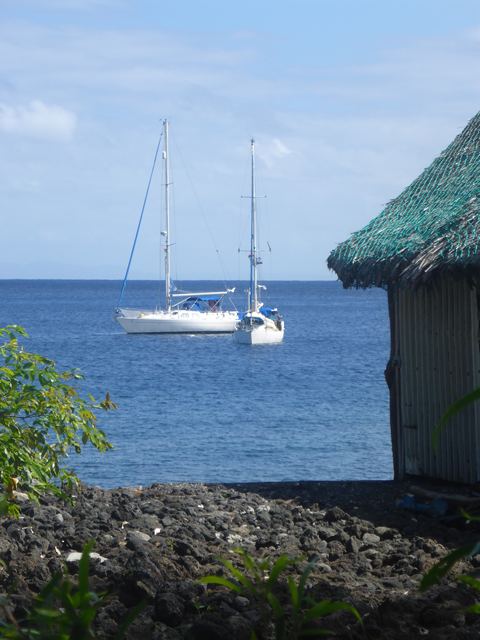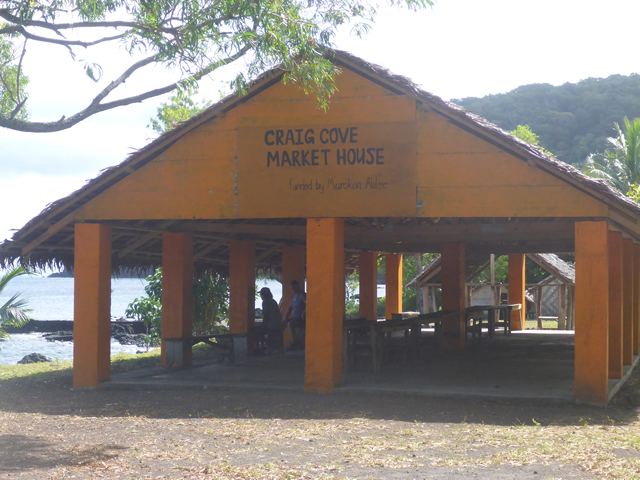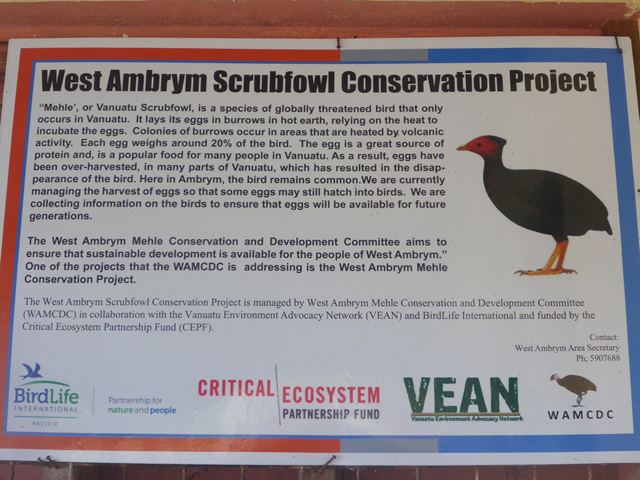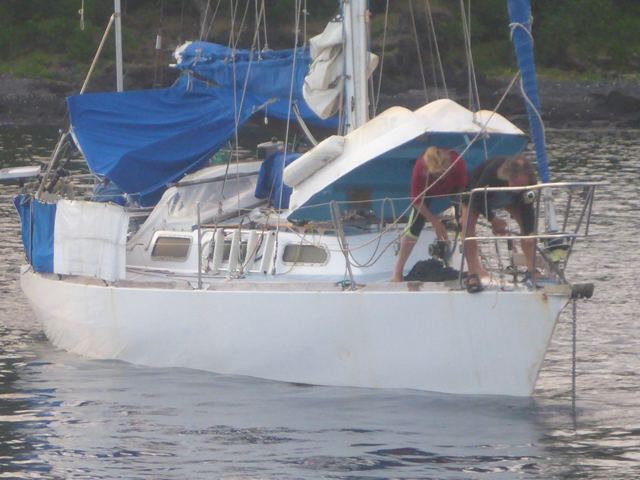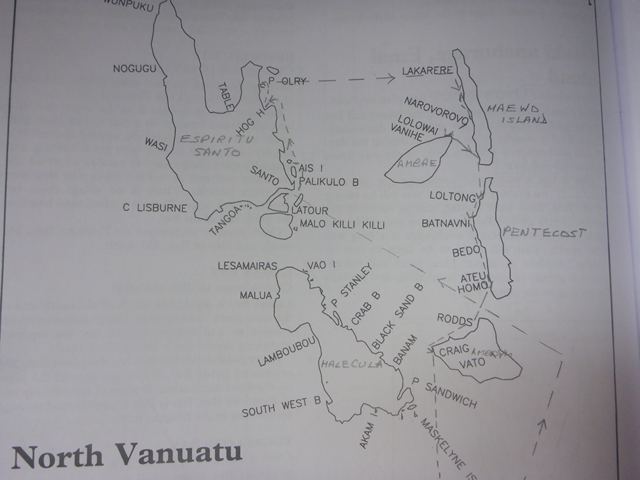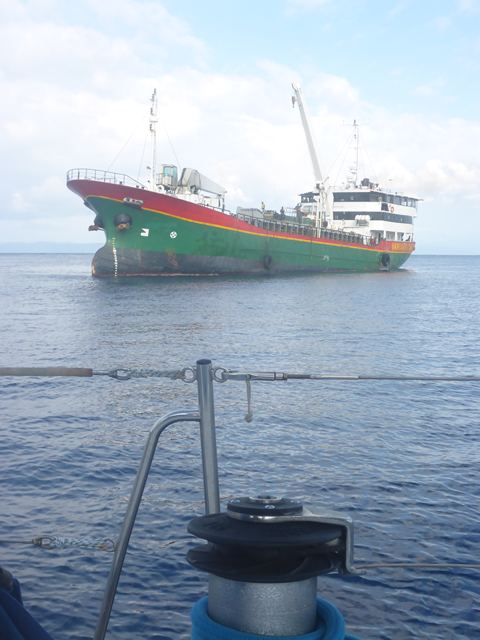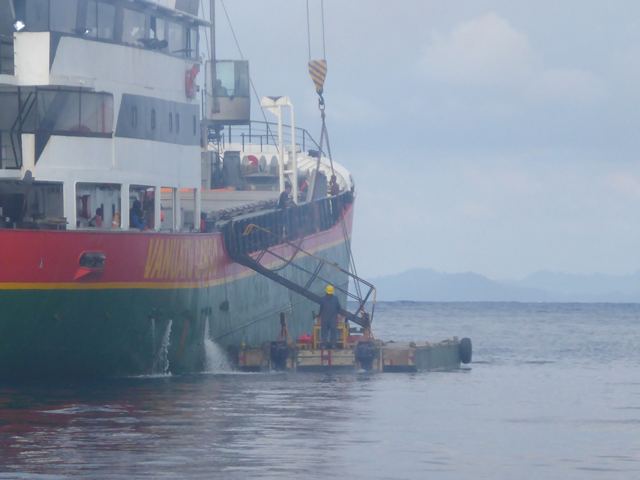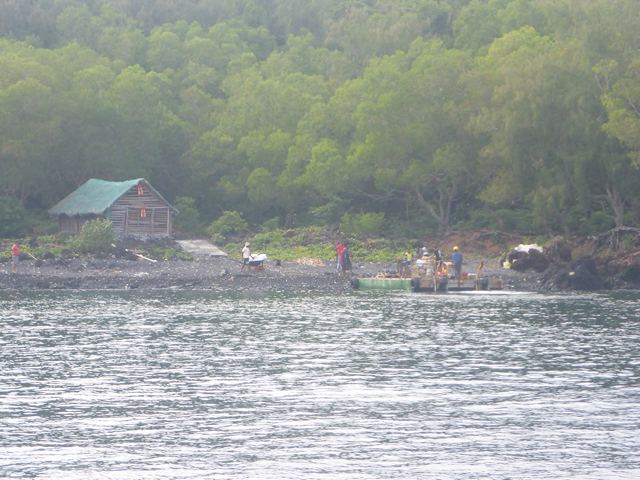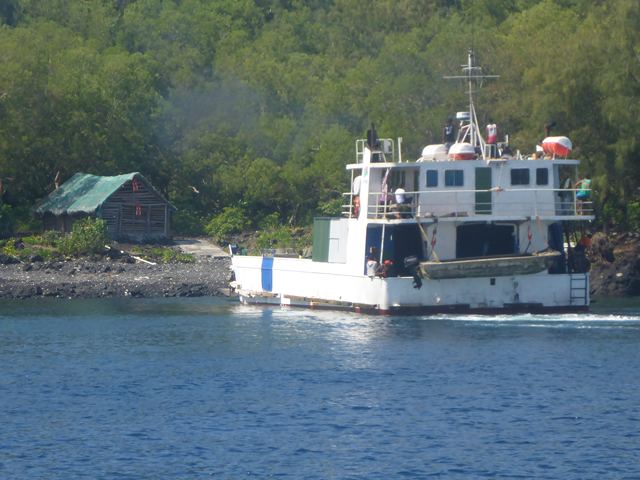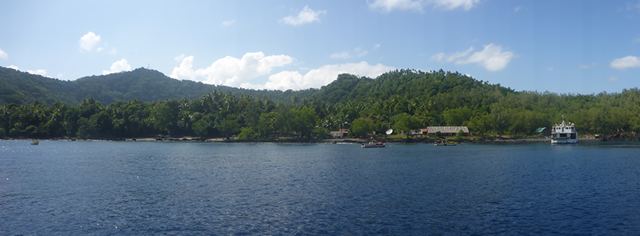2019 Vanuatu Cargo comes to Craig Cove

|
Volcanic Ambrym- a Misnomer and First Hand Natural Art Cargo comes to Craig Cove Somewhere off this rocky bay in August 1774 on his second voyage of discovery Captain Cook ordered his men to drop the Resolution’s anchor having previously visited Erromango and Tanna to the south. He reportedly had a brief communication with a group of natives apparently from another race, (lighter skin and finer features typical of the Melanesian Race of Papua New Guinea) who came from the land in numerous outrigger canoes. They offered him yams saying “am rem” meaning ‘your yams’ and as they ate theirs’ they said “ama rem” meaning ‘my yam’. Cook may have thought this was a good enough name for the island or thought they were saying the name of the island itself, either way that was how the name Ambrym came about. His log tells of the scenery of the coast in both direction being ‘most luxuriant’ and it still is. Sandalwood trees have never grown on this island but the tropical jungle of mixed foliage looks magical as it sways in the breeze. Another thing we noticed as we cruised the northern shore is that there is very little mile a minute creeper so we were looking at native virgin jungle. Cook considered his survey of the group to be complete here and next headed towards New Zealand, but we decided to stay a little longer before heading south to Epi and then Port Vila. We dropped Zoonie’s anchor in what appeared to be a clear area of black sand, although it is difficult to see the rocks when the sand is the same colour. When we took the dinghy ashore towards Miz Mae’s recommended anchoring spot the clear water revealed a rocky bottom hostile to any anchor hook apart from maybe a fisherman style anchor. Nichola followed us in and Ken let go their anchor just inshore from us and we wondered if he had dropped it over our chain. So Bron gave a fine display of how to check anchor chains while snorkelling and all was good. In numerous of the anchorages we have visited the fishermen use their old outrigger canoes as tenders to get between the shore and their pangas with the big outboards on the back that are moored in deeper water. The next morning we went ashore as a foursome for the last time knowing that Ken and Bron were planning to move on tomorrow and our company cruise would be at an end. We were already looking forward to seeing them again in Australia. As you can see from the map most of the villages are coastal and away from the angry volcanoes in the centre. The few inland villages are built on ridges or hill tops to escape molten lava enveloping them when Mts Benbow and Marum erupt as they did in 1913, 1929, 1937, 1946, 1950, 1979, 1993 and a long term eruption that started in 2008 was reported earlier this year as having ended as there was no activity for three months. They did erupt the year Cook was there and their current status is “restless”. The little anchor shapes on the north shore of the map are where Jeannie and Merv anchored Meridian Passage at the beginning of their 18 year cruise of the Pacific and where we found the swell too dangerous to do the same. You can see Craig Cove on the west end of the triangle which was a haven both then and now. Small and pretty Craig Cove is frequently visited by small cargo ships that either anchor offshore or reach the beach and lower a wide ramp onto the shore. I don’t know if the male passengers on the ship in question were on a purpose or just there for the ride but it was with much joviality that bright, white smiles called to us and with pale palms waving the ship passed through the narrow gap between Nichola and Zoonie! It is a short walk to the grass strip airport and the village centre has a guest house, numerous stores and a Vanuatu Bank. The architectural evidence of Melanesian origin (Papua New Guinea) is present in the colourfully painted bamboo woven huts. A group of women were trying to unblock a water pipe, one lady was pushing the piston pump up and down while another had made a hole in the pipe (!) and was trying to extract the black rotted mass from inside. Ken went to the pump tray and started to push his palm down on the mesh over the drain outlet when suddenly clear water started gushing out of the hole. Cheers of jubilation soon stopped when it blocked again. The pipe must be broken where it went underground. We spotted an elderly gentleman sitting in his wheelchair outside his hut and shook hands and had a chat. In amongst the village homes there was plenty of evidence of pre-independence occupation when cattle, copra and kava were big business, they still feed the economy with kava being readily available on supermarket shelves and much of the beef going for export. In a ruined warehouse/office overlooking the cove we found a safe on its side and a beautiful tamtam or slit gong made from a tree trunk. They always have one or two elongated faces with disc like eyes, a pronounced nose and protruding chin above the lower gong part. Erected they can reach three metres in height. In the picture the tamtam lies on its side. To get it all in the shot I used panoramic setting, it is not really bent. When erected into a vertical position a wooden stick strikes the slit at the bottom making a resonant drumming sound that covers long distances; they are used to beat out the rhythm for singing and dancing during ceremonial rituals and are commonly found around dance clearings. One of Ambrym’s natural arts. Another is their beautiful sand drawings which stylistically depict human faces, objects and creatures from the stories, legends, songs and dances in 180 different designs. Today such drawings can be the equivalent of texting a message and traditionally a skilled artist will not lift the hand once while creating the whole design. We didn’t see any in the process of being made unfortunately and it is a particularly elegant transient art-form I think. Ken’s back was hurting after his strenuous day of anchoring the day before so he sat on handy logs while we explored. Happy trucks of local youngsters bounced along the earth tracks and smiled and waved at us as they passed. Back on Zoonie I made a chili con TVP (Textured Vegetable Protein instead of beef mince) for the four of us and we tried some of the elderflower beer I had made from Martin’s kit he gave us and it was strong with a relaxing effect, I hoped it would ease Ken’s pain. At Ken o’clock (6.35am) the next morning we watched as Ken and Beth had to work together to clear the anchor from around a rock and make their way west towards Malekula Island. They were heading in the long term to Luganville to clear out and then to Cairns on the east coast of Aussie. Two hours later a big Vanuatu Cargo ship arrived and provided some entertainment and Rob made a start on repairs to the dinghy. Two spots on the seams were re-glued and Rob fitted U bolts to the lifting points so some new rope could be threaded down the sides. He drilled a hole through a big black rubber bung for a thin line to be attached to the dinghy and trimmed the bung to fit. Later we discovered the bung was a bit too long and was pushing open the non-return valve in the bung hole. Since the new bung was not a perfect fit this was causing a leak, so the repair process is on-going. We had been watching the weather and decided that tomorrow we would leave if only to make progress south but before we go from Ambrym I have to tell you about an extraordinary custom dance called the Rom Dance which is unique to this island, as are the sand drawings. The Rom is a spirit from the past and legend tells us that a young girl from the Olal area on the northern tip of the island created the first Rom costume to gain the love of a young man from the village. The costume consists of a tall, conical, brightly painted, banana fibre mask, with a face that resembles a baboon and a thick costume of banana leaves that cover the wearer’s body. She certainly had a good imagination, but once again we see how a male took over the original idea from a woman as in the land-diving. She donned the Rom outfit and enticed him into the forest where she revealed to him who she was and fatefully told him how she had made the costume. Yes you guessed it, he then killed her so he could sell the rights to make copies of the costume to fellow tribesmen in return for pigs, which, when you think about it he could then use to gain the next grade and improve his status. The Rom dance was traditionally an all-male preserve and if a woman, for example watched any process in the making of the costume then she too would be killed. As soon as the dancing is over the costumes are destroyed because the power of the spirit from the past might still be within. In our old tourist book it says the dance is being revived in south west Ambrym to entertain tourists but in the up to date brochure we have the dance is said to be still a male only event and kept very secret?! We’re off to the National Museum here in Port Vila today (5th August) so I will find out. These islands are full of mysteries and happy children enjoying their childhood. Not a bad image eh!
|
